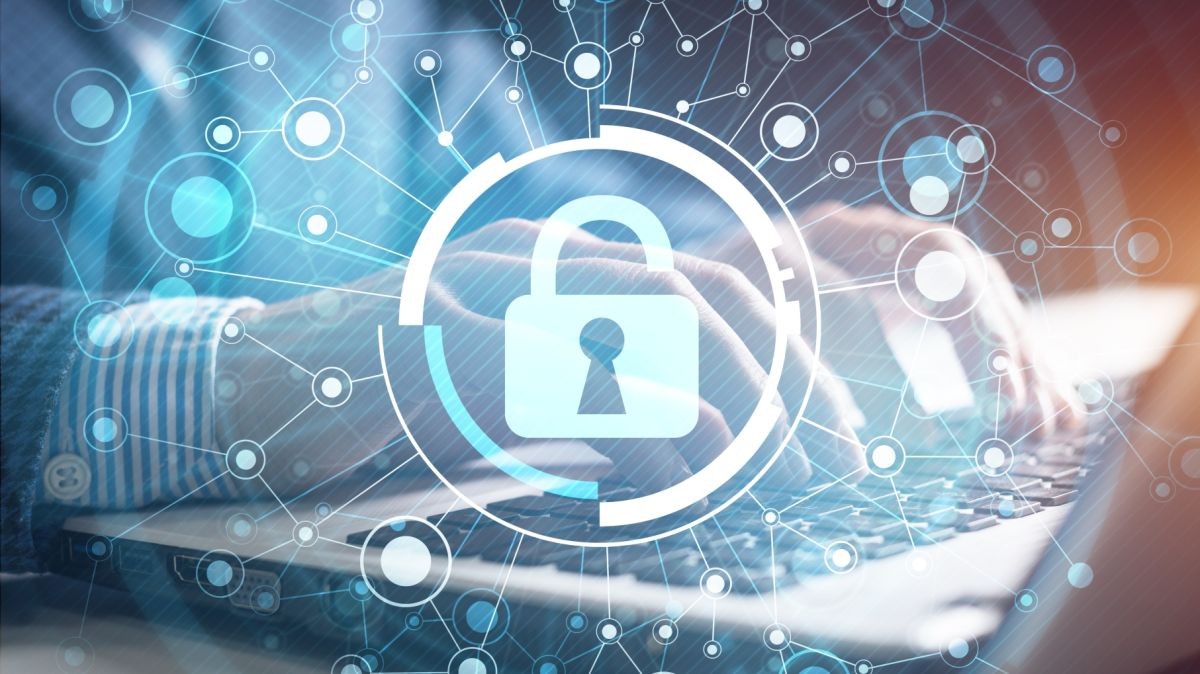Cybersecurity of Computer Networks Course
الأمن السيبرانى لشبكات الحاسبات والمعلومات
USD 106USD
64
Cybersecurity is a set of practices and technologies designed to protect information and systems from cyberattacks. These attacks include stealing, manipulating, disabling or destroying data.
Cyber attacks can lead to:
- Stealing personal data, such as credit card numbers or email addresses
- Stealing intellectual property, such as patents or designs
- Disable business processes, such as disabling websites or computer systems
- Damage to critical infrastructure, such as power grids or transportation systems
There are many things individuals, companies, and governments can do to improve their cybersecurity. These actions include:
- Use different strong passwords for each account
- Update programs and applications regularly
- Install anti-virus and anti-malware software
- Conduct cybersecurity training for employees
Cybersecurity is critical to protecting critical information and systems. Through this course you will learn all the solutions to protect and secure information. Subscribe now
You Will Learn
-
Safe design of computer and information networks
Securing virtual networks for computers and information
Firewall to protect networks
Scanning the exits of networks and the devices on them
Eavesdropping on computer and information networks
Intrusion detectors for computer and information networks
He also acquires the ability to:
Develop and implement a secure design for computer and information networks
Setting and operating firewalls on computer and information networks
Dealing with network gaps and vulnerabilities of computer and information networks
Confronting eavesdropping on computer and information networks
Addressing computer and information network penetrationsPart one: Introduction to computer and information networks
First lecture: What are computer networks?
The second lecture: ways to connect computer networks
Third lecture: Types of computer networks
The fourth lecture: computer network devices and services
Fifth Lecture: Signal carriers in computer networksPart Two: The ISO Model for Computer Networks
First lecture: Why the ISO model?
The second lecture: the seventh, sixth and fifth layers of the ISO model
The third lecture: the fourth and third layers of the ISO model
Fourth Lecture: The second and first layers of the ISO model
The fifth lecture: the interaction of the layers of the ISO model of computer networksPart three: TCP/IP protocol
First lecture: Introduction to computer network protocols
Second lecture: IP protocol
Third lecture: TCP and UDP protocols
Fourth lecture: Applied protocols
Fifth lecture: TCP / IP commands and programsChapter Four: Wireless Networks
First lecture: Benefits of wireless communication
Second lecture: Types of wireless networks
Third Lecture: Wireless Networking Protocol
Fourth lecture: wireless network devices
Fifth Lecture: Disadvantages and Disadvantages of Wireless Networks
The scientific material includes both the theoretical and practical aspects necessary to achieve the educational objective
Targeted Students
1- Network administrators
2- Network security officials
3 IT professionals
Training Program Name As In Certificate
Cybersecurity of Computer Networks Course
Updated at: 2024-05-06 21:40:01
Instructors






